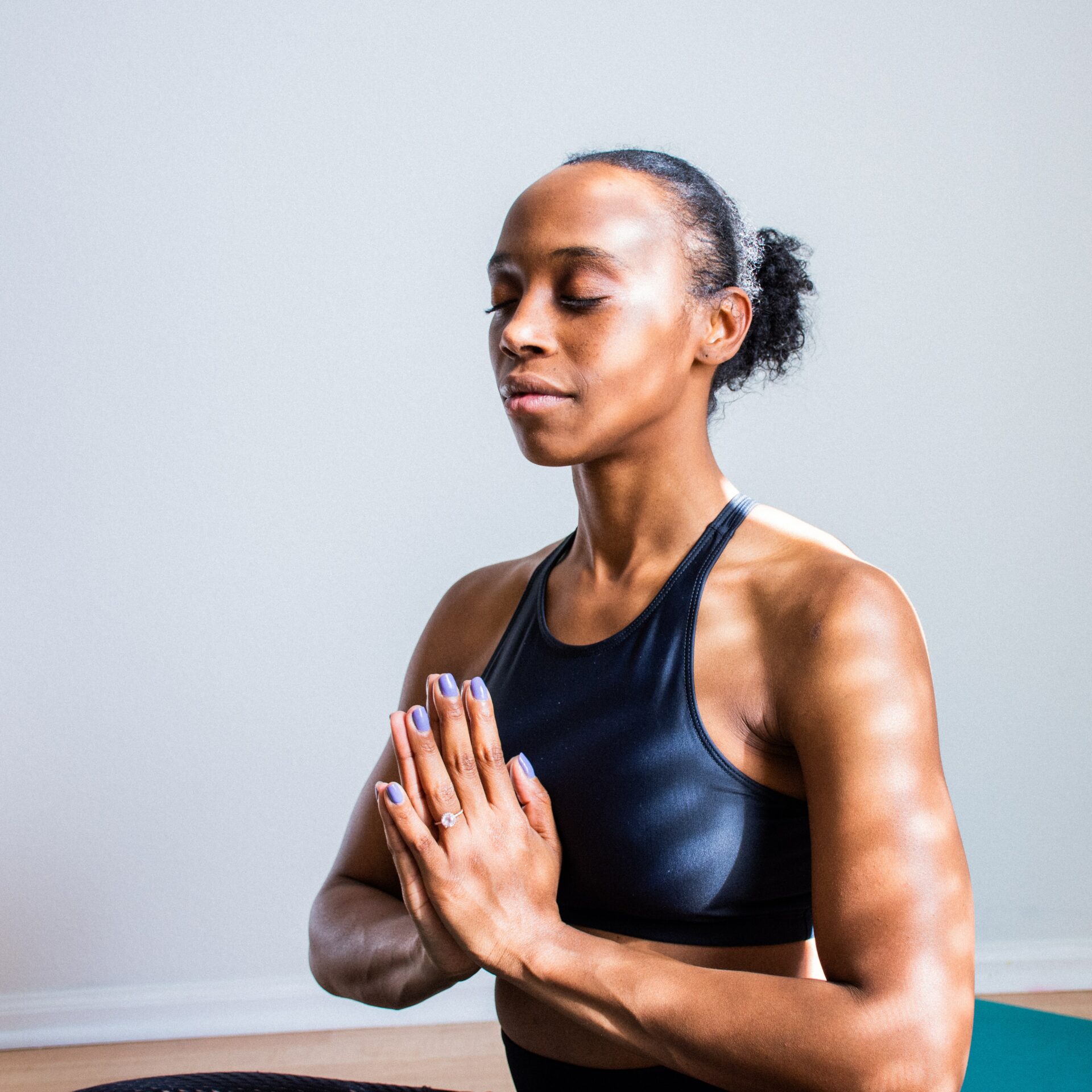
NourishDoc doesn’t provide medical advice, diagnosis, treatment, or prescriptions. Read our terms of use, privacy & medical disclaimer for more info
A female married patient aged 38 years with complaints of increased white discharge accompanied with itching and burning sensation during urination and stomach cramps. She also complained of her flow and Duration of menstruation with clots since 3 years. On enquiry, she revealed that her increased white vaginal discharges affected her daily routine since 2 months . Past history: No H/O HTN/Thyroid dysfunction / diabetes etcNo H/O contraceptive use No surgical historyMedication History: Hormonal treatment since last 3 months Menstrual History: Duration/Interval: 10-15 days / 28-30 daysAmount: 5-6 pads (fully soaked) /day , with clots for initial 5 days followed by 4pads/dayMild Low back ache with abdomen pain. General Examination: Bulit- Normal, Weight- 55kg, BMI- 25 Kg/m2Tongue- Coated,Pallor- Absent, Pulse rate- 74 beats/mi, BP- 110/80 mm of Hg Temp- AfebrileAshta Vidha ParikshaNadi -82 beats / minMala -Once / day , hard constipatedMutra-5 -6times/dayJivha –Lipta , samaShabda –Prakruta , clear , no stammeringSparsha -Anushna Sheeta/afebrileDruk -PrakrutaAkriti -Madhyama.Dasha vidha parikshaPrakriti –Vata pittaVikruti –MadhyamaBala –MadhyamaSara –MadhyamaSamhanana –MadhyamaSatmya –MadhyamaSatva –MadhyamaPramana –MadhyamaAhara shakti &Abhyavarana shakti –MadhyamaJarana shakti –MadhyamaVyayama shakti –AvaraVaya –MadhyamaSystemic examination:Per Abdomen- On palpation -soft, non-tender, no organomegaly,CVS- NAD, CNS- Conscious and well oriented, RS- B/L NVBS heard.Gynaecological examination1. On InspectionVulva- Normal and healthy and on straining. No genital prolapse was observed.Per speculum Vaginal examination:· Cervix-appearance- Normal, healthy.· White discharge – Nil· Vaginal walls – Normal2. On Palpationa) Per Vaginal Digital examination:· Cervix-firm in consistency, mobile, tenderness absent· No labial swelling detected· No abnormality detected on palpation of vaginal wallsb) Bimanual examination:· Uterus- Anteverted, freely mobile, normal in size, firm in consistency· Bilateral Fornices –Free, non tender.
Detailed examination of patient was done; in which patient was found vata prakruti, vishamagni, krurakhosti. General and systemic examinations along with per abdomen and per vaginal examinations were normal. After thorough check-up, and going through all investigations of the patient under mentioned treatment was given:
Ayurvedic treatment for white discharge (Leucorrhea)
Shodhan chikitsa (purificatory management )
|
YONI DHAVAN & YONI PICHU
Yoni dhavan with panchvalakal kasaya .
Yoni pichu with jatyadi oil |
YOGA BASTI
Sarvanga snehana & swedana was done before each basti. Anuvasana basti:- Balataila 60 ml + Saindhavalavana 1g. Niruhabasti:- Gandharvamula –kashaya; Bilva, Musta – kalka;TilaTaila, Madhu, Saindhavalavana.
1 st and 2nd day: Anuvasana basti after meal. 3 rd, 5th, and 7th day: Niruhabasti followed by light diet. 4 th, 6th and 8th day: Anuvasana basti after meal
|
NABHI BASTI
Ring of paste of amalaka and gram flour in which on alternate basis ginger juice and bala-ashwagandhadi oil was filled for 20-25 min.
Done on alternate basis to yoga basti . |
After completion of basti oral medication was continued and during this course, pathya diet was followed compulsory.
Shamana Chikitsa (Palliative management) was planned with;
|
DETOX WATER
Immerse four to five grams of fenugreek kernels in 200 ml. water. Boil and diminish it up to 100 ml. Then Filter and drink hot twice or thrice a day.
|
CHOORA /POWDER FORM
Pushyanuga churna Amalaki churna |
KASAYA
Panchvalkal kwath for douching |
ASAVA/ ARISTA
Dashmoolarista Lodhrasava |
Yoga :
Yoga Asanas– Parvatasana, Yastikasana, Dhanurasana, Bhadrasana, / style=”text-decoration:none;”>Bhujangasana
Pranayamas– Bhramari Pranayama reduces stress, anxiety, tension and depression, very helpful in coping with your mood swings.
Relaxation– Savasana
Meditation every day acts as a natural mood elevator and activates the parasympathetic nervous system inducing a calming effect. Meditation harmonises the mind, body and emotions and helps to manage PCOS Menstrual issues and leucorrhea symptoms better.
Preventive Measures
Be healthy, eat well, get enough sleep, drink enough fluids.
wear condoms during sexual intercourse with new partners
Keep vaginal area clean and dry to prevent fungal infection.
Wear cotton undergarments.
Maintain hygiene by wiping with tissue from front to back after washing the area after urination or bowel movement.
Avoid using tampons or menstrual cups.
Follow medication and yoga as long as directed.
Avoid sexual intercourse until treatment is completed.
Don’t scratch infected or inflamed areas; it can worsen the irritation.
The main aim of the treatment was to minimize the cyclic blood loss with regularization of cycle and to improve the general condition of the patient. So, the treatment and Ayurvedic medicine for white discharge was planned as Shamana Chikitsa with pushyanuga choorna and amalaki churna ,dashmoolarista , lodhrasava . During this period of basti treatment, Agnivridhi, malashudhi, regular calm sleep was seen in the patient. The Palliative treatment was given for two consecutive months with follow up advice after every cycle in a month. Patient was keenly observed for a period of three months with follow up every month.
Leucorrhoea / Shweta pradar – Excessive discharge of a white, sticky, foul-smelling material from the vagina is called Leucorrhoea. This common problem mainly occurs due to unhygienic conditions, infection of the genital tract, or impaired immune function .
In ayurvedic texts, it is described as in yonivyapada . This symptom occurs as a result of kapha and vata doshadhikya. But amongst them kapha is the main dosha producing leucorrhoea, stated in Charak Samhita. The colour, feel, consistency of leucorrhoea is also similar to gunas of kapha dosha which are very well elucidated in Ashtanga Hridaya Samhita.
Kapha is Svadu (sweet), Snigdha (unctuous), Mrudu (soft), Shita (cold), Sthira (stable), Slakshna (smooth), Picchila (sticky), Guru (heavy), Sandra (dense), Manda (sluggish) and Shukla (white) by nature, when in the state of avidagdha (proper digestion) it is sweet in taste. In the state of vidagdha (improper digestion), it has saline taste.
Types of Discharge;
1. Tanu: Thin watery, kaphaprakopa is accompany with its pittaprakopa of its dravyaguna specially.
2. Picchila – Slippery, lubricous, kaphaprakopa especially of its picchile and styana guna accompanied with vataprakopa of its chala guna.
3. Styana – thick, bulky. It denotes kapha prakopa in a stage of samavastha.
4. Aavil tantula – Sticky and watery – kapha prakopa of samavastha and accompanied with vata prakopa
5. Durgandhi – pitta – durgandhi offensive, pitta yellowish kaphaprakop with pitta prakop.
According to modern science it is divided into two groups:
|
Physiological Normal secretions from vulva, vagina, cervix show an increase under the following conditions :
|
|

NourishDoc doesn’t provide medical advice, diagnosis, treatment, or prescriptions. Read our terms of use, privacy & medical disclaimer for more info

This website uses cookies so that we can provide you with the best user experience possible. Cookie information is stored in your browser and performs functions such as recognising you when you return to our website and helping our team to understand which sections of the website you find most interesting and useful.
Strictly Necessary Cookie should be enabled at all times so that we can save your preferences for cookie settings.
If you disable this cookie, we will not be able to save your preferences. This means that every time you visit this website you will need to enable or disable cookies again.